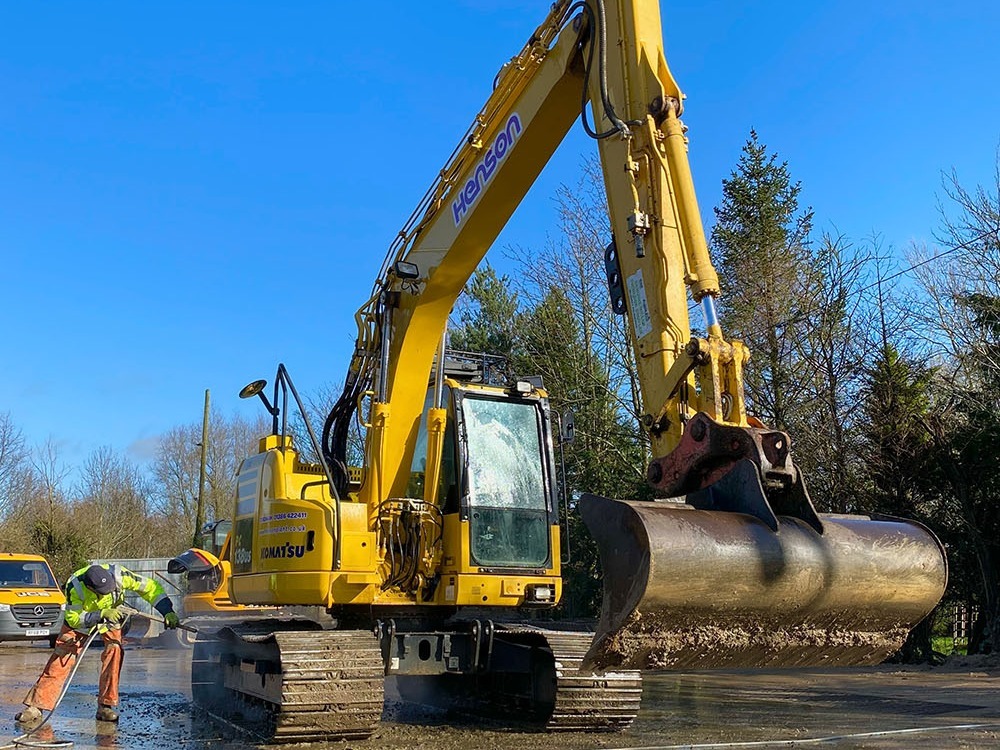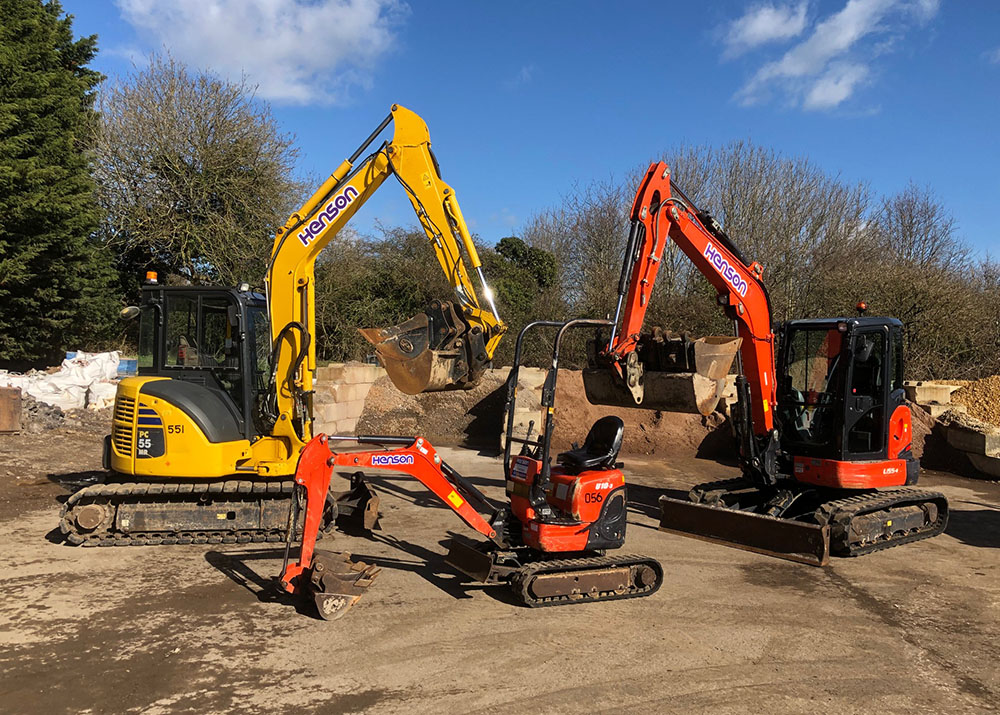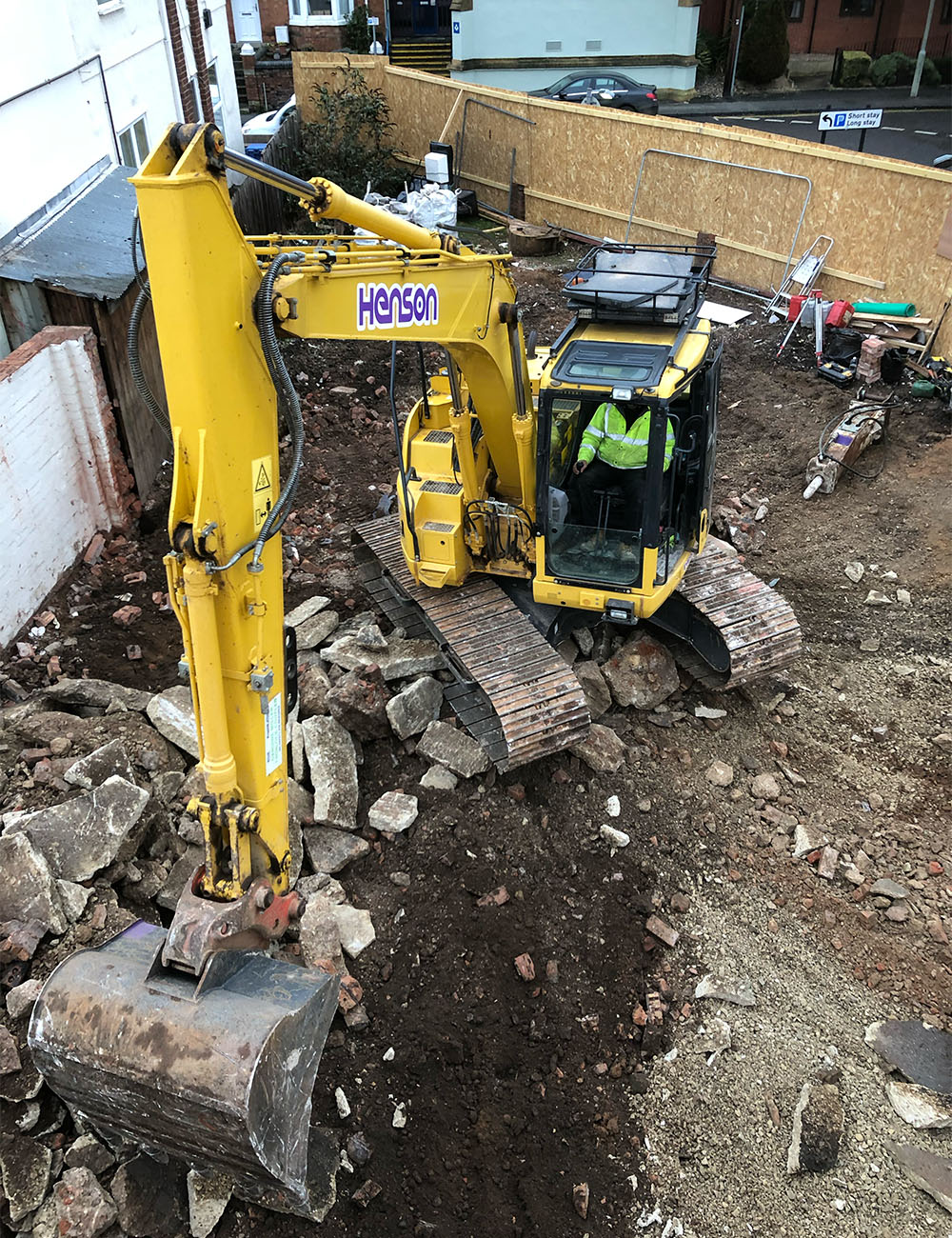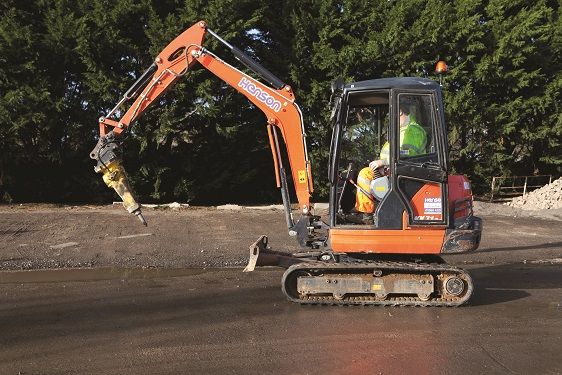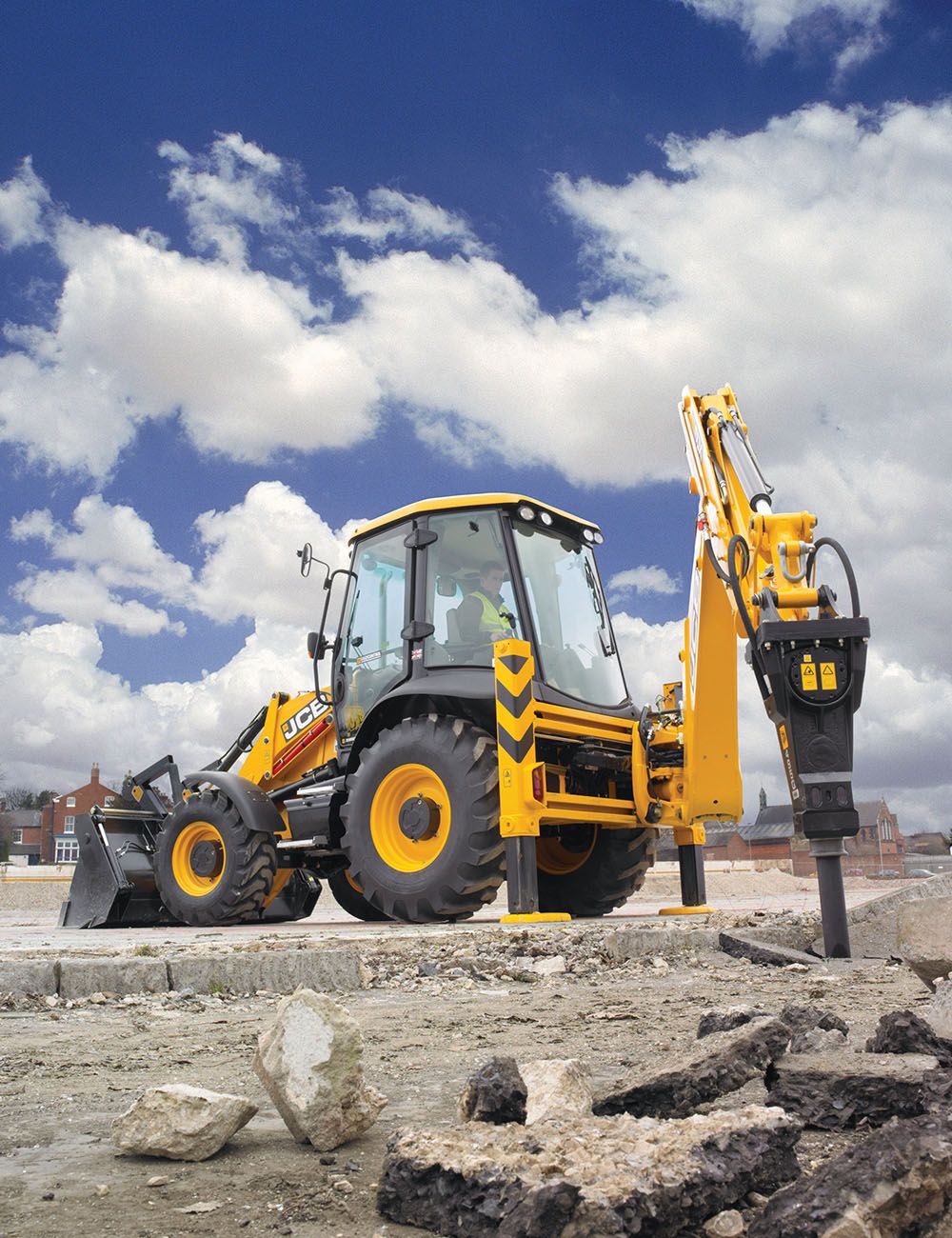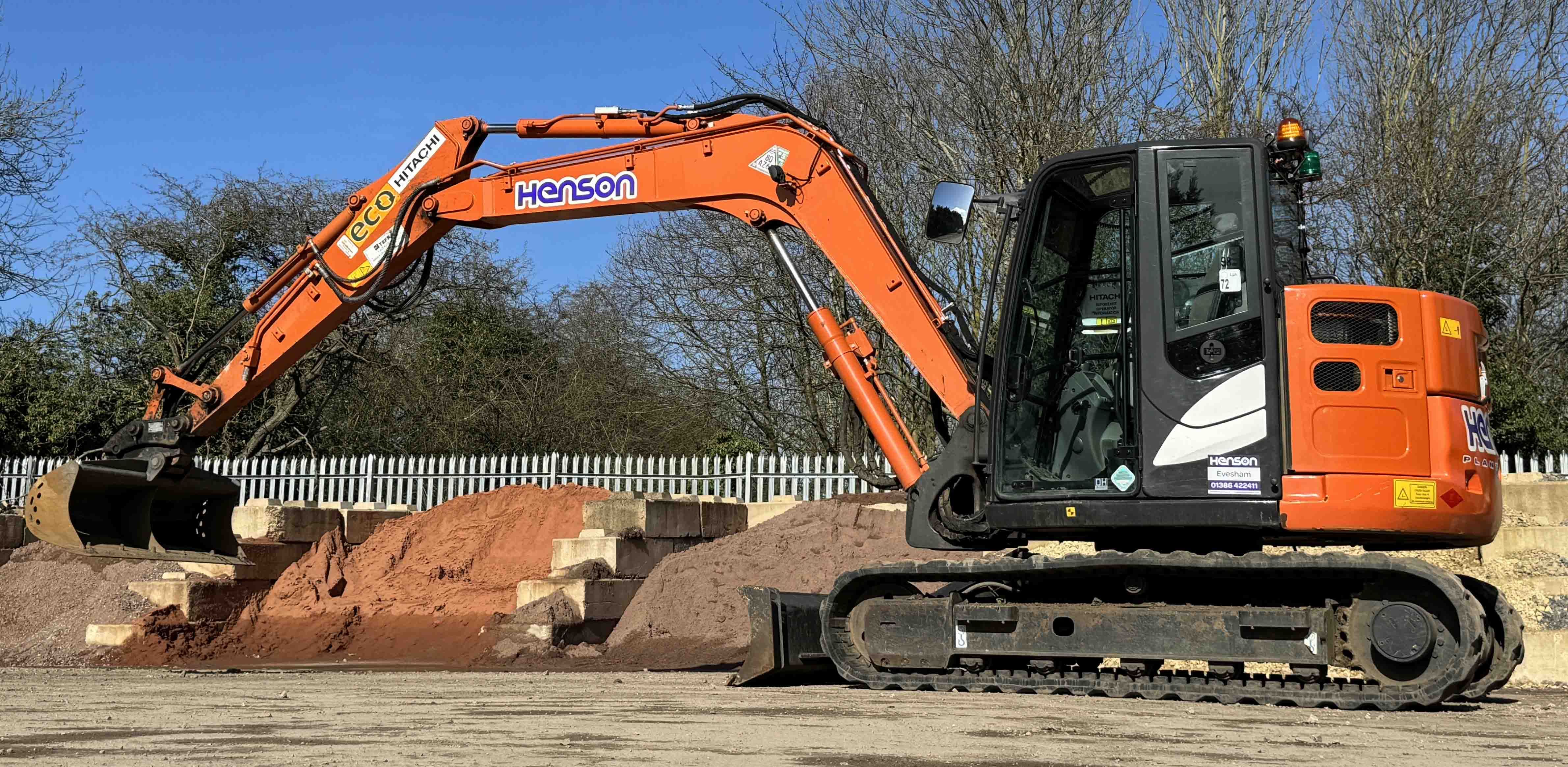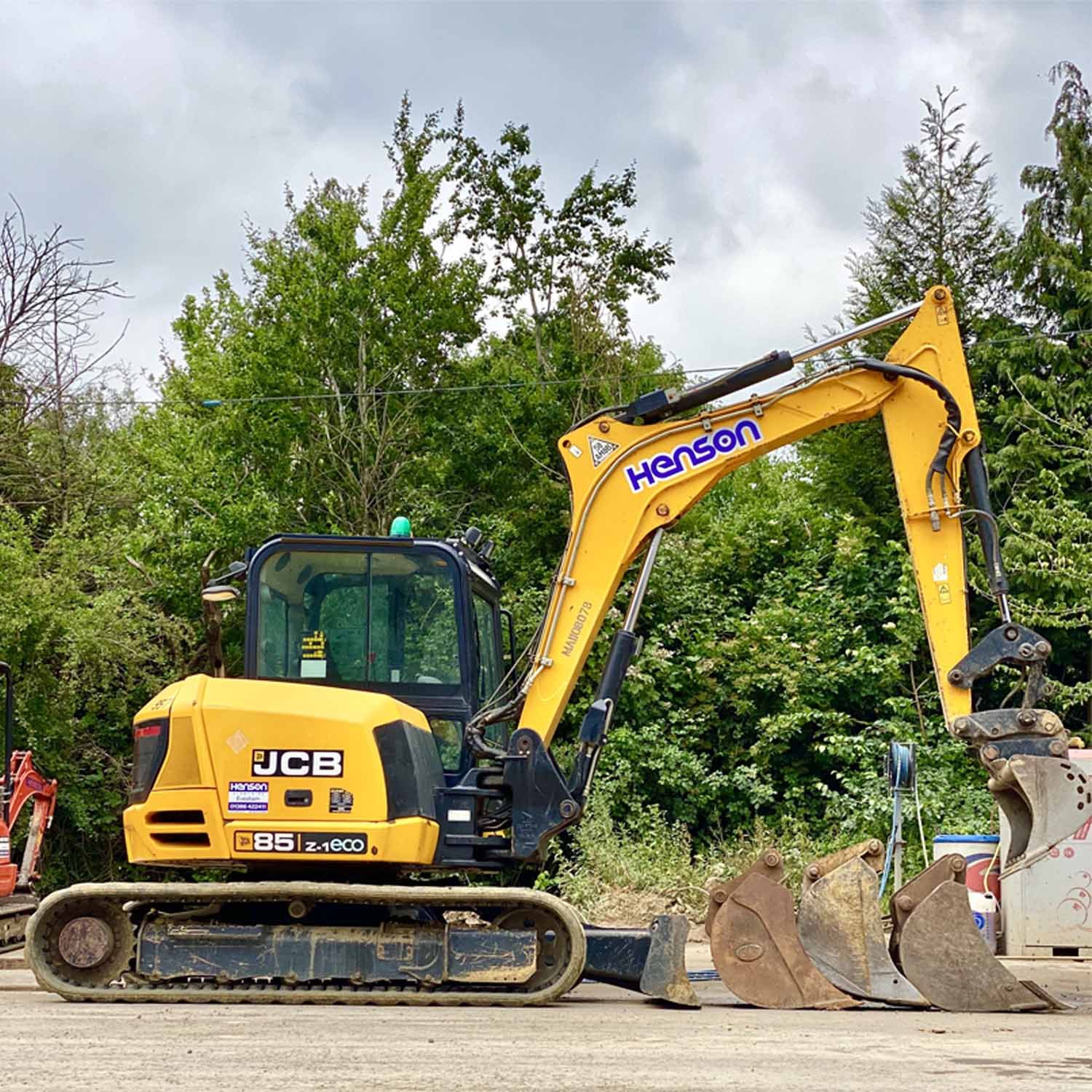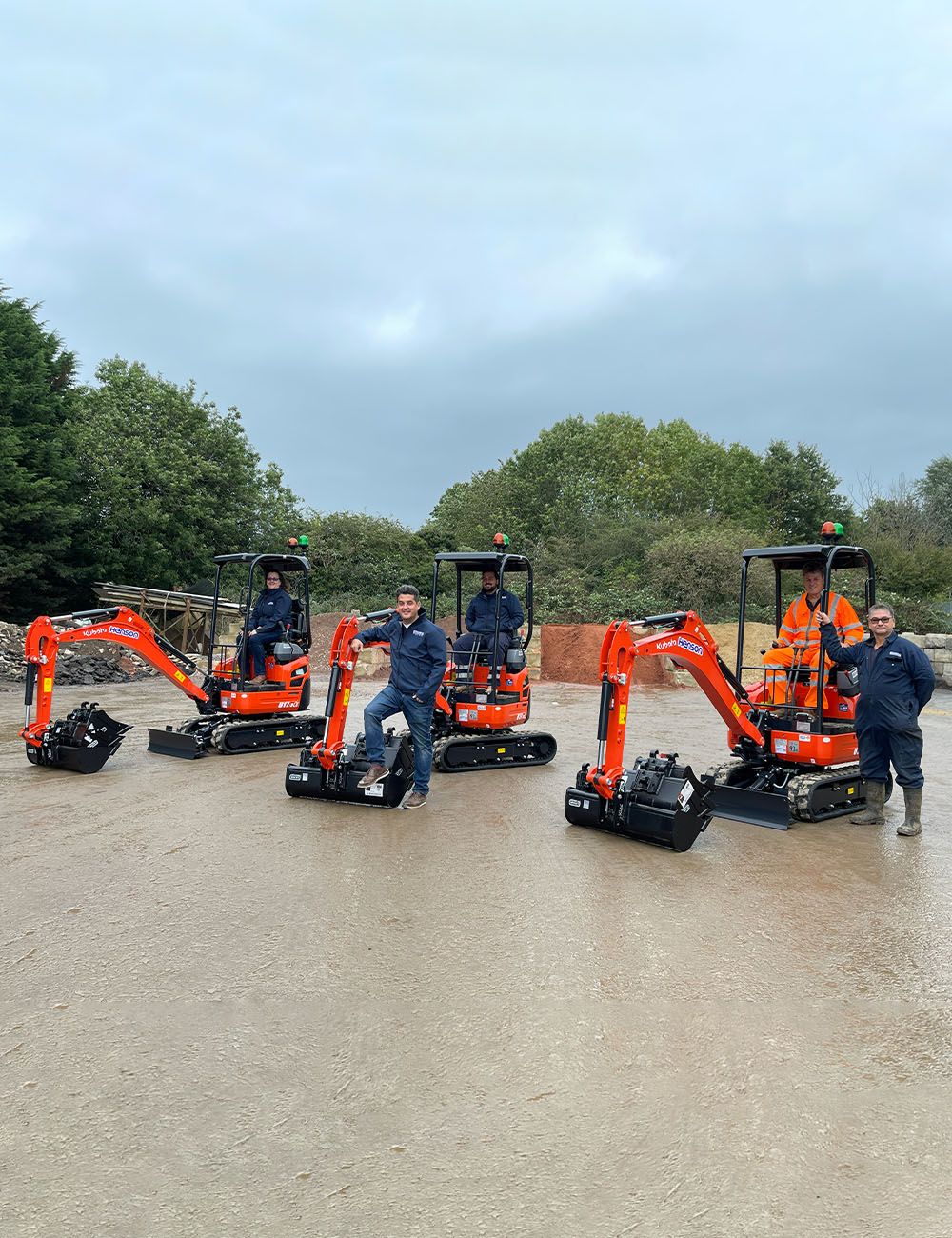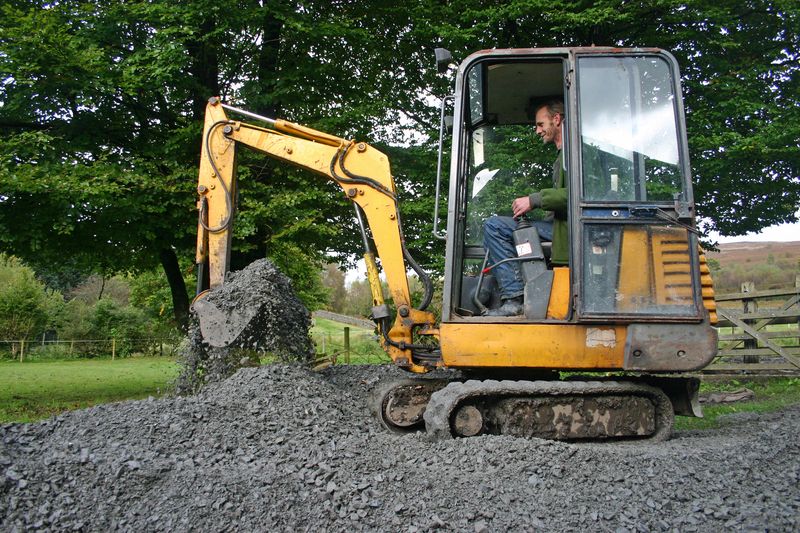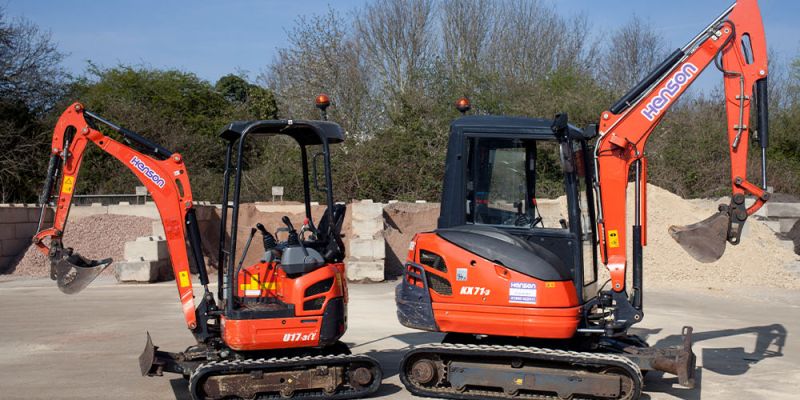
What are some tips to know when renting an excavator?
Blog
Renting the right excavator is crucial for the success of any construction project. Whether you're landscaping a large area or undertaking a small or significant project, the efficiency and effectiveness of your work can depend significantly on the capabilities of the equipment you choose. But are there any tips or tricks you need to learn when renting plant hire?
In this article, we will discuss some top tips for renting an excavator. From assessing the type of excavator suitable for your tasks to evaluating cost implications and safety protocols, we cover everything you need to know to make an informed decision.
First of all, do you have the right equipment?
Before you do anything, research what type of plant hire does what - so you can have a good understanding of what machine you need for a successful project.
Understanding Your Project Requirements
When you're confident that an excavator is what you need for your project - you now have to ask yourself which one you need. Understanding your project requirements will help you select the most suitable excavator and ensure that your project proceeds without a hitch.
1) Assess the Scope and Scale of Your Project
Begin by evaluating the overall scope and scale of your project. Are you working on a small residential landscaping job or a large commercial construction site? The size and complexity of your project will significantly influence the type of excavator you need.
-
Smaller projects may only require a compact excavator, while larger projects might necessitate a standard or even a large excavator.
2) Determine the Type of Soil and Terrain
Sensitive environments and different soil types and terrains can affect the machine's performance and dig depth. Sandy or loose soil might require an excavator with specific traction capabilities, while rocky or uneven terrain could necessitate a more robust and stable machine.
3) Identify Specific Tasks
Identify the specific tasks that the excavator will need to perform. Common tasks include:
-
digging,
-
trenching,
-
grading, and
-
demolition.
Each of these tasks may require different attachments and capabilities. For example, digging and trenching necessitate specific bucket types, while demolition requires a hydraulic breaker. Knowing the tasks beforehand allows you to select an excavator with the necessary features and attachments.
4) Project Timeline
How long do you expect the excavation work to take? Are there any critical deadlines that must be met? Understanding your timeline will help you determine the rental duration and ensure the excavator is available when needed.
Additionally, planning for potential delays and contingencies can prevent disruptions and keep your project on track.
By thoroughly assessing these aspects of your project, you can make an informed decision about the type of excavator you need to rent, ensuring the success and efficiency of your construction endeavours.
Selecting the Right Type of Excavator
Now, this might seem obvious, but choosing the right type of excavator is pivotal for the success of your construction project. There are all types of excavators to choose from, so the machine you select must align with your worksite's specific requirements and conditions.
Types of Excavators
Each type of excavator is designed to excel in specific environments and tasks, with different engine power and operating weight - making the choice of excavator crucial for the efficiency and success of construction projects. These are some of the most popular choices:
-
Standard excavator: Large excavators are great for earthmoving, demolition, material handling, grading, landscaping, mining, road construction, utility installation, forestry, snow removal, and dredging.
-
Tracked Excavator: Heavy-duty construction tasks, digging, trenching, and mining.
-
Wheeled Excavator: Urban construction projects, road work, and frequent relocation tasks.
-
Mini Excavator: These small excavators are great for landscaping, small-scale construction projects, and tasks in confined spaces.
How can you determine which one is best for you?
Mini vs. Standard Excavators
-
Compact Excavators: Also known as mini excavators, these machines are ideal for small to medium-sized projects. They are highly manoeuvrable and can operate in confined spaces, making them perfect for residential construction, landscaping, and small-scale excavation. Their lighter weight also means they cause less ground disturbance.
-
Standard Excavators are larger, more powerful machines suited for heavy-duty tasks. They offer greater digging depth, reach, and lifting capacity, making them ideal for large construction sites, infrastructure projects, and extensive earthmoving operations. Standard excavators are more versatile and can handle a broader range of attachments.
Wheeled vs. Tracked Excavators
-
Wheeled Excavators: Equipped with rubber tyres, these machines are best suited for hard, flat surfaces like paved roads and concrete. They provide excellent mobility and speed, making them ideal for urban projects where they frequently travel between sites. However, they may need help on soft, uneven, or muddy terrain.
-
Tracked Excavators: Featuring continuous tracks, these excavators offer superior traction and stability on various terrains, including soft, muddy, and uneven ground. They are ideal for challenging environments such as forestry, mining, and large-scale construction sites. Tracked excavators provide better weight distribution, reducing ground pressure and preventing sinking.
Attachments and Accessories
The range of attachments and accessories significantly enhances the versatility of an excavator it can support.
-
Buckets: In various sizes and shapes, buckets are the most common attachment for digging, trenching, and material handling. Specialised buckets like trenching, grading, and clamshell buckets cater to specific tasks and improve efficiency.
-
Hydraulic Hammers: These are used for breaking concrete, rocks, and other hard materials. Ideal for demolition and quarrying applications, hydraulic hammers can significantly boost productivity in demanding tasks.
-
Augers: Perfect for drilling holes in the ground, augers are used in landscaping, planting trees, and setting foundations for poles and fences. They come in various diameters to suit different project needs.
-
Thumbs and Grippers: These attachments grasp and lift objects such as logs, debris, and scrap materials. They enhance the excavator's ability to handle irregularly shaped items and are commonly used in demolition and recycling operations.
-
Rippers: These are designed to break up hard ground and dense materials; rippers are used in mining, quarrying, and heavy construction to prepare the site for further excavation.
By carefully considering the benefits and use cases of different types of excavators and selecting the appropriate attachments, you can ensure that you have the right equipment to meet the demands of your project efficiently and effectively.
Tips to Consider
Now that you know which type of excavator and accessory you need for your project, it is helpful to have some insight into hiring and using your machinery.
1) Choosing a Reliable Plant Hire Provider
Selecting the right plant hire provider is a critical step in ensuring the success of your construction project. A reputable provider not only supplies quality equipment but also offers essential support and services that can significantly affect the project's outcome.
Reputation and Reviews
Start by researching the provider's reputation within the industry. Look for customer feedback and testimonials to gauge their reliability and service quality. Online reviews, ratings, and word-of-mouth recommendations can provide valuable insights into the experiences of past clients.
Equipment Quality and Maintenance
The quality and condition of the equipment are paramount. Ensure the machines are well-maintained and up-to-date to prevent breakdowns and operational efficiency. Ask the provider about their maintenance schedules and procedures.
Range of Equipment
A good plant hire provider should offer a wide range of equipment types and sizes to suit various project needs. A diverse fleet allows you to choose the most suitable machines for your specific tasks, ensuring optimal performance and productivity.
Insurance and Liability Coverage
Understanding the insurance and liability coverage provided by the plant hire company is crucial. Ensure the provider has comprehensive insurance covering damage, theft, and accidents involving the equipment. Clarify the extent of your liability and what is covered under the provider's policy. This knowledge helps you manage risks effectively and avoid unexpected costs in case of unforeseen incidents.
3) Cost Considerations
When renting an excavator, understanding the cost dynamics is crucial to managing your budget effectively.
Rental Rates
Compare rental rates from different providers. While it might be tempting to go with the lowest price, ensure that the quote includes all necessary equipment and services.
A higher rate might come with benefits such as better-maintained machinery, superior customer service, or additional support. Take time to evaluate what each provider offers to make an informed decision.
Hidden Costs
Be mindful of hidden costs that can significantly impact your overall expenses. Some standard additional fees include:
-
Delivery and Pick-Up Fees
-
Fuel Fees
-
Additional Fees
Long-term vs. Short-term Rental
If your project is brief, renting for a short period might be more cost-effective. However, short-term rentals often come with higher daily rates. Make sure to calculate the total cost based on your exact needs.
Long-term rentals usually offer better rates for extended projects. Providers often offer discounts for weekly or monthly rentals, which can lead to substantial savings. Ensure the rental period aligns with your project timeline to maximise these benefits.
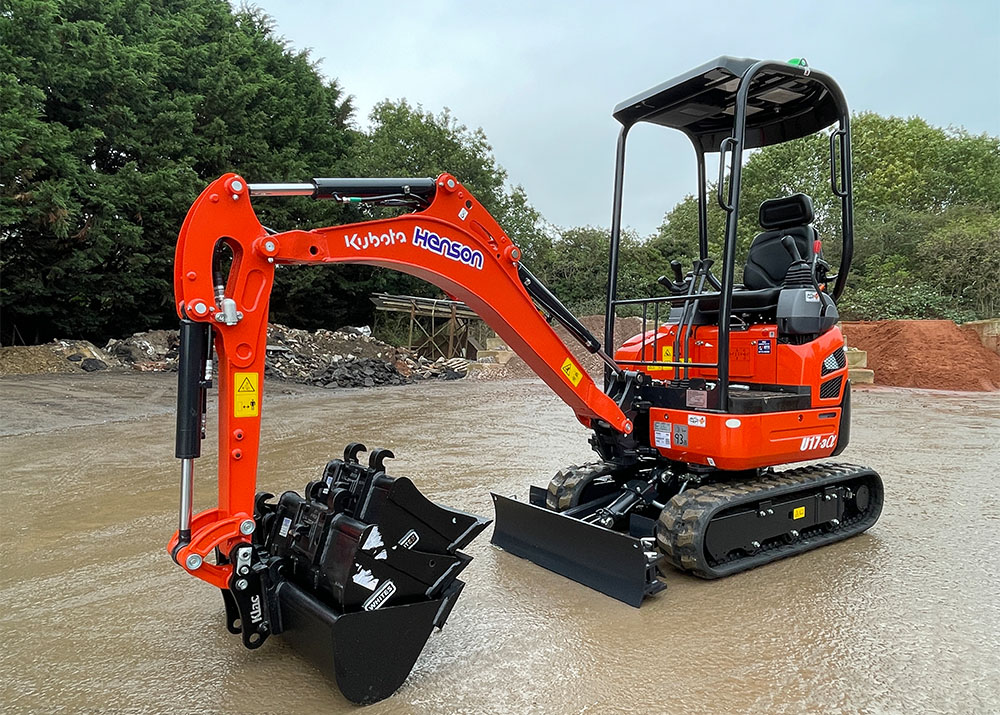
4) Logistics and Transportation
When renting an excavator, logistics and transportation are critical factors you might have yet to consider that can significantly impact your project's efficiency and timeline.
Delivery and Pick-up Services
One of the first things to confirm with your plant hire provider is whether they offer delivery and pick-up services. Reliable transportation is crucial, especially if you cannot move heavy machinery.
Providers that include transportation in their services can save time, effort, and potential costs for hiring a third-party logistics company.
Site Access
Before the excavator arrives, ensure that your project site is accessible for heavy machinery. This includes having clear paths without obstructions and sufficient space for the excavator to be unloaded and manoeuvred.
5) Permits and Regulations
Operating heavy machinery like excavators often requires adherence to local permits and regulations. These can vary depending on your location, so it's essential to research and understand the requirements early in your planning process.
As mentioned above, your plant hire provider can also assist you in navigating these regulations, ensuring that all necessary paperwork is in place before the machinery arrives. Ensure you know if they cover it or if you have to outsource it yourself.
6) Operator Requirements
When renting hydraulic excavators, another crucial aspect to consider is whether to hire a professional operator or operate the machinery yourself. This can heavily depend on what type of excavator you rent - a mini excavator is a lot easier to use for a novice than a large excavator.
Hiring an Operator:
Professional operators bring expertise and experience, which can result in more efficient and safe operations. They can handle complex tasks and troubleshoot issues that may arise, reducing the risk of project delays.
However, Hiring an operator adds to your overall costs. Additionally, coordinating schedules can sometimes be challenging.
Operating Yourself:
Operating the excavator yourself can save hiring costs and give you direct control over the machinery. It can be a suitable option for minor, straightforward tasks.
Operating heavy machinery can be risky and inefficient without proper training and experience. Mistakes can lead to equipment damage, safety hazards, and project delays.
Training and Certification
Whether you decide to operate the excavator yourself or hire an operator, it is paramount to ensure the individual is properly trained and certified. Our article explains licences in more detail.
7) Safety Protocols
Adhering to safety protocols and standards is non-negotiable when operating an excavator. Safety measures include:
-
Personal Protective Equipment (PPE): Always use appropriate PPE, such as helmets, gloves, and safety vests.
-
Site Safety: Implement clear site safety protocols, including marked safety zones, proper communication channels, and emergency procedures.
-
Regular Inspections: Regularly inspect the excavator to ensure it is in good working condition and promptly address any maintenance issues.
-
Compliance with Regulations: Adhere to all local and national safety regulations, including training requirements, machine operation standards, and environmental considerations.
Final Thoughts
As you can see, each step requires careful planning, from understanding cost considerations and the implications of long-term vs. short-term rentals to managing logistics and transportation by ensuring reliable delivery and pick-up services and site access. While excavators have unmatched versatility within the plant hire world, when you have the perfect machine for your performance - the results speak for themselves.
Take the time to evaluate your specific requirements, understand the options, and select a provider that aligns with your project's needs. By doing so, you can ensure a smoother operation, avoid potential pitfalls, and contribute to the overall success of your project.
If you have any questions or queries, please fill out our form below. A member of our team will get in touch with you as soon as possible to help with your plant hire needs.
Articles
